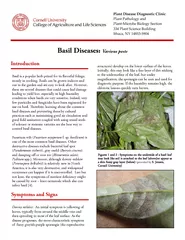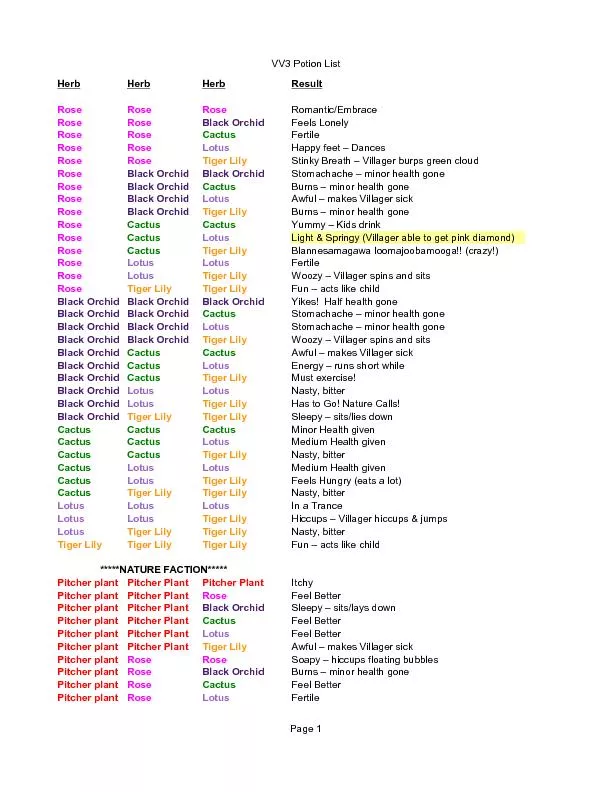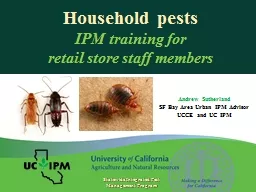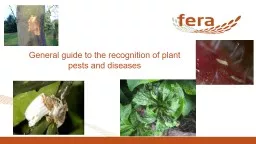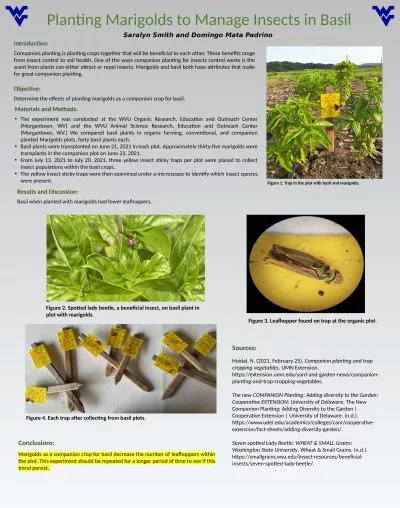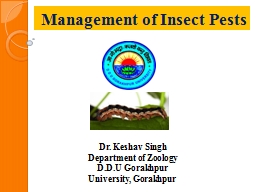PDF-Basil Diseases Various pests Basil is a popular herb p
Author : calandra-battersby | Published Date : 2015-05-04
Basils can be grown indoors and out in the garden and are easy to look after However there are several diseases that could cause leaf damage leading to yield lost
Presentation Embed Code
Download Presentation
Download Presentation The PPT/PDF document "Basil Diseases Various pests Basil is a ..." is the property of its rightful owner. Permission is granted to download and print the materials on this website for personal, non-commercial use only, and to display it on your personal computer provided you do not modify the materials and that you retain all copyright notices contained in the materials. By downloading content from our website, you accept the terms of this agreement.
Basil Diseases Various pests Basil is a popular herb p: Transcript
Download Rules Of Document
"Basil Diseases Various pests Basil is a popular herb p"The content belongs to its owner. You may download and print it for personal use, without modification, and keep all copyright notices. By downloading, you agree to these terms.
Related Documents

